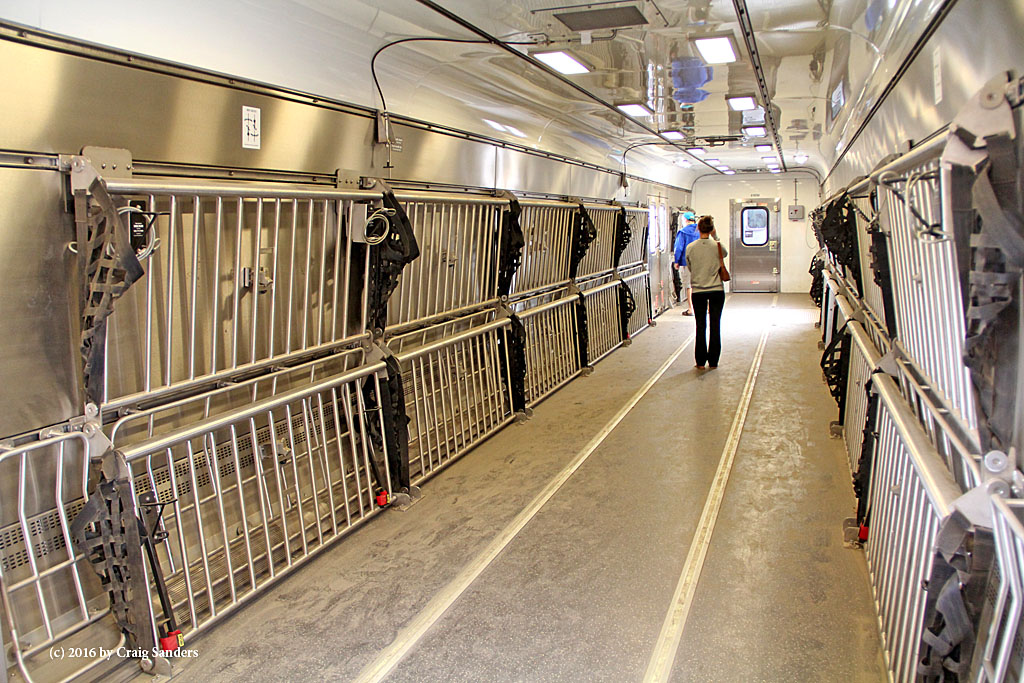So, TBIKE, I noticed you didn't complain about the transfer charge. I'm guessing you're not thrilled, but you're taking an "it is what it is" attitude?
Taken by itself, charging $40 for a service that requires less work than a similar, included service (i.e. a 50 pound checked bag) is a ripoff. According to the website, the passenger is responsible for the transfer – taking it off one train, wheeling it over to the next one, and handing it up. Amtrak will allow passengers to store bikes in baggage areas during lengthy transfers, when those areas are available, but handling the bike is the passenger's job (and it should be – I want to have full responsibility for my bike). So log that as my formal complaint.
But on my long list of complaints about the program, it's near the bottom. The $20 fee is a bigger issue, because it will affect far more people – I gotta believe single segment trips are far more common than double segments, particularly for cyclists who use the train to bridge ride segments, or to come home from a one way ride. It's essentially the same complaint: it involves less work by Amtrak staff than checking a bag in one station and picking it up in another, and far less than the convoluted routing that sometimes happens when bags and passengers end up on different trains. It should be viewed as a way to increase ridership, and therefore overall revenue, rather than an opportunity to gouge riders because there's no other choice.
The problem is compounded by the haphazard way it's implemented. If I go from SLO to LA, the bike is included in my fare. If I go from SLO to San Jose, it's $20 extra. Same train, same amount of work and associated costs for Amtrak.
Personally, it doesn't really matter – I can afford an extra $20 or $40. Maybe I'd skip a business class upgrade or BYOB, maybe not. Depends on the total cost. It annoys me, but I'll get over it. Having a bike with me is much more important. That's not the case with all cyclists, though – more people use bikes for transportation out of necessity than by choice. If you doubt that, come spend an hour on the Monterey bike path during commute times.
But for someone like me who rides for pleasure, even, or maybe particularly, when I'm riding somewhere I have to go to anyway, the biggest problem with the program is the lack of access to stations. From a transportation point of view, the lack of access of the CZ to the Richmond BART connection and the CS to convenient and inexpensive hotels and car rentals (and kinder riding conditions) at Burbank is a much likelier deal breaker. Shutting out popular cycling destinations like Paso Robles and Truckee is money out of Amtrak's pocket, as well as frustrating for would be passengers – completely counter-productive to the ostensible goals of the program.
To round out the list, implementation appears to be crude. The round trip policy on the website is one example, the possible confusion over boxed/unboxed bikes is another. I fear it goes deeper. A hypothesis: if six people book bikes from LA to Salinas, then those six slots are dead for the entire run to Seattle. True or false? I don't know what the IT people would say, but given the otherwise poor implementation, I wouldn't believe them unless I tested it myself.
From my perspective, this program is designed to minimise impact on staff rather than maximise both Amtrak's revenue and the benefit to potential customers.
















































